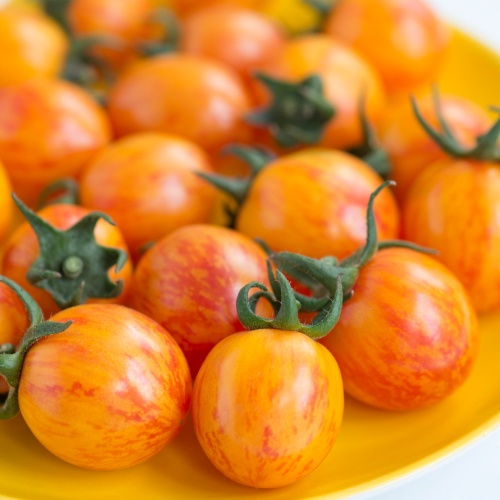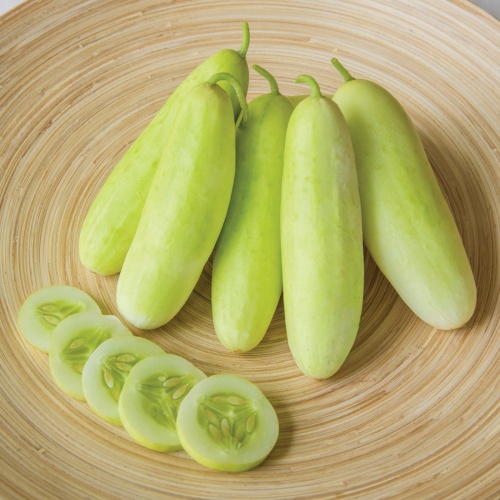Customer Reviews
Cucumber Lemon
Write a Review and share your opinions!
18 April 2014
We got the Lemon Apple Cumber last year 2013 in plant form. they are easy to grow water well feed them we did on tomato feed. when we 1st picked them and tried them well what can I say, great just great taste
Try them and see for your self, we will be growing them again this year lots of them.
Customers who bought this item also bought:
Tomato Golden Bumble Bee£1.79
£0.99
Produces striking Golden yellow fruits with.....
Growth Habit - Cordon.
Average Packet Contents : 10 seeds


